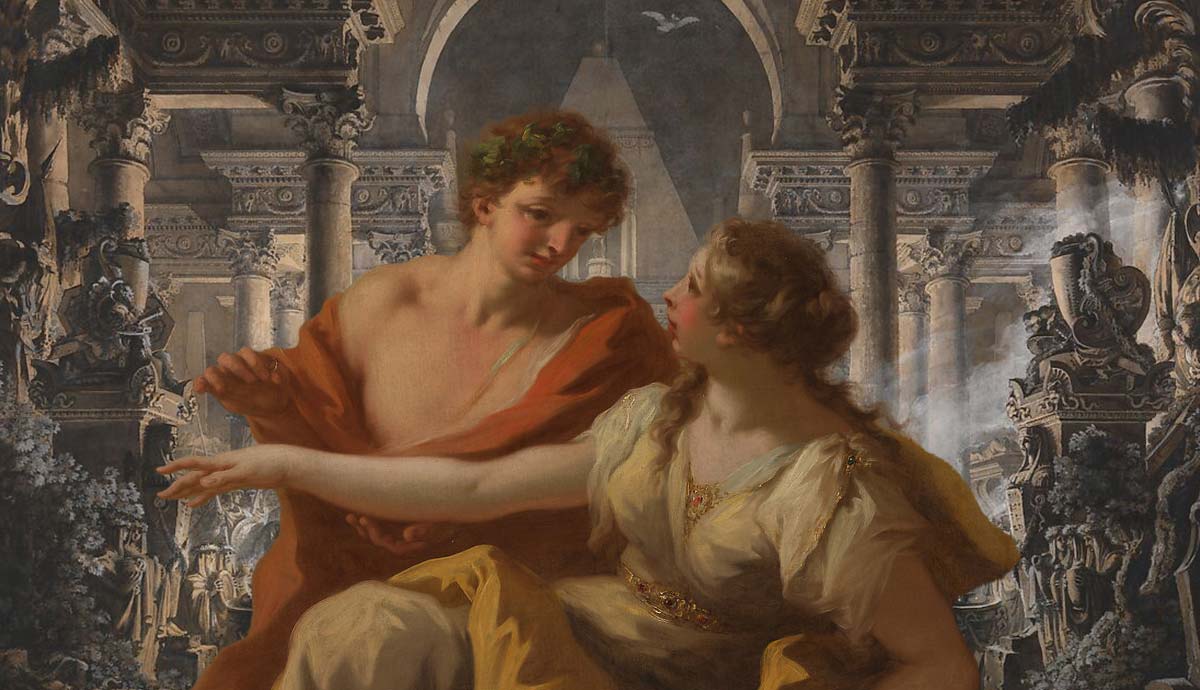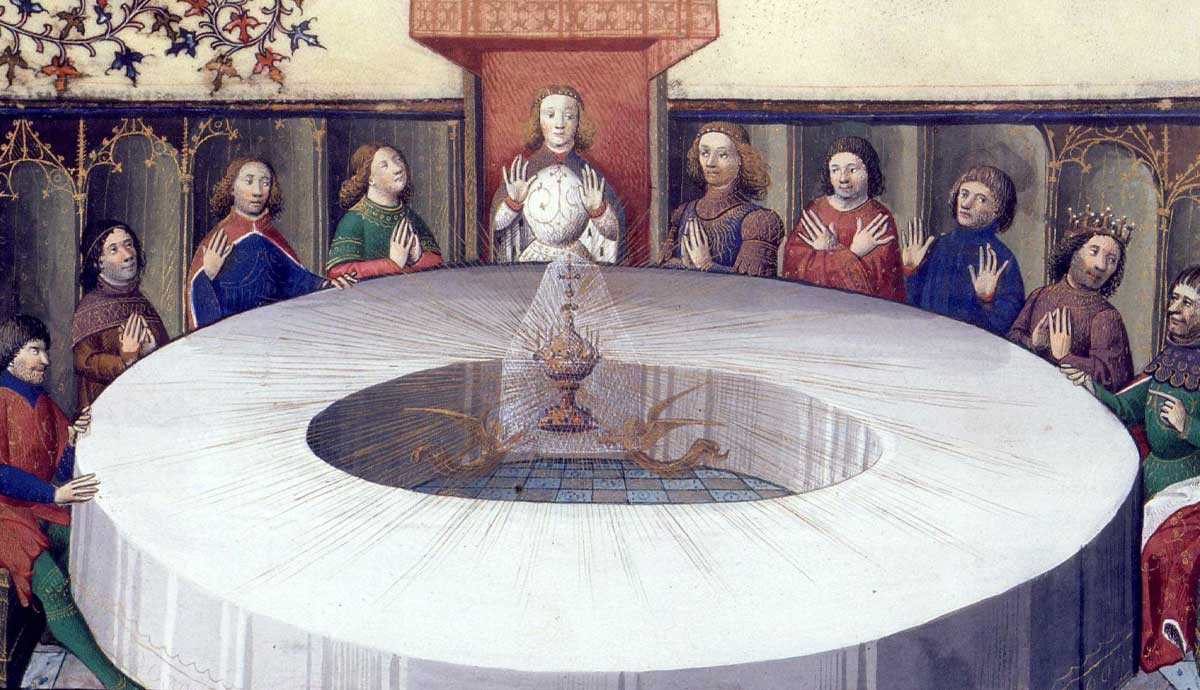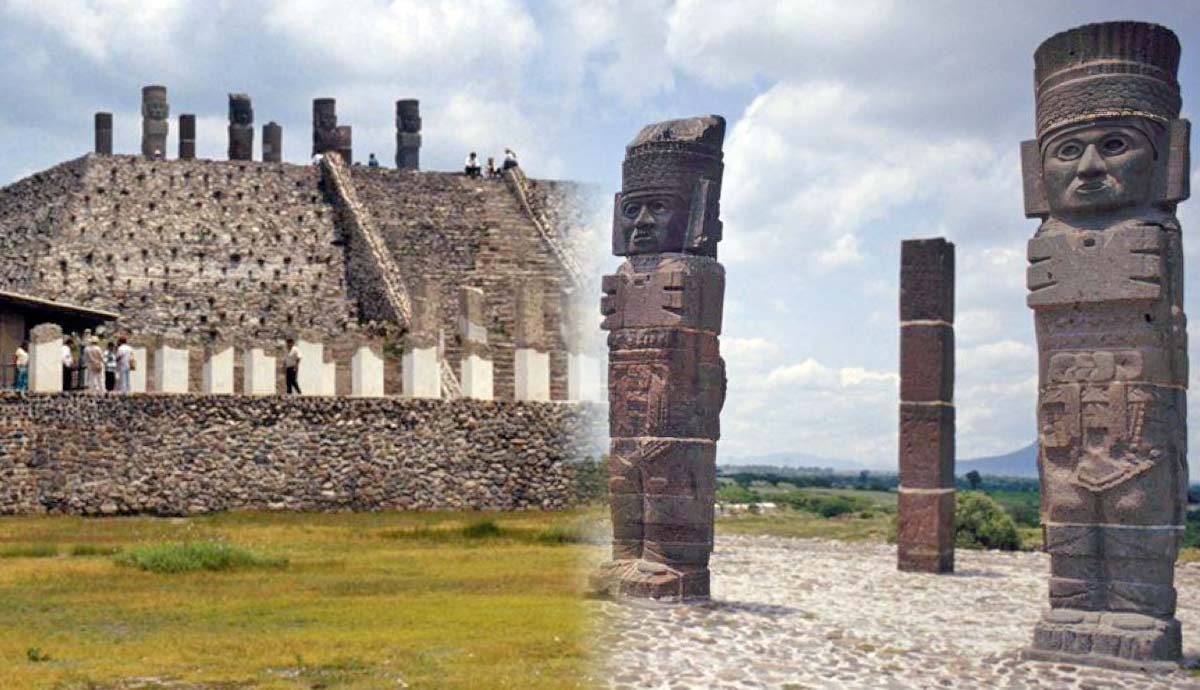
Love, jealousy, vengeance, and a multitude of other thrilling emotions give lasting intrigue to the tales of ancient Greek mythology. With such passionate feelings and magical allure, it is no wonder that many of these stories have become muses for some of the world’s most famous operas. The relatable themes, lessons, and emotions of these stories, though they have significant religious, cultural, and historical roots, make them timeless and malleable for artists across generations and across the world. Many productions of these operas feature contemporary costumes or settings that exist beyond a given place, adding to the mysteries and magic within their storytelling.
1. Ariadne auf Naxo, Richard Strauss

Ariadne was born a princess on the island of Crete, where she helped the hero Theseus defeat her monstrous sibling, the infamous Minotaur, before their escape together. There are a variety of endings that conclude Ariadne’s story, but all lead to the island of Naxos, a territory owned by the god of wine and festivity: Dionysus.
Richard Strauss’s opera, Ariadne auf Naxos, set to Hugo von Hofmannsthal’s libretto, plays a unique spin on the classical myth and picks up Ariadne’s story in the scenario wherein Theseus intentionally abandons her on the island of Naxos before traveling on to Athens. Though she is resolved to die, Ariadne finds new hope and new love when Bacchus (the Roman name for Dionysus) promises himself to her and they rise to the heavens together.
Strauss conceived the final version of his opera by listening to critiques and ideas about the original version. When his work first premiered, it was performed following a play which he had composed music for in 1912, but this frustrated audiences who did not enjoy waiting for the opera to begin. A few years later, Strauss replaced the play with a prologue to the opera that sets the chaos into motion.
The plotline of the myth itself is wrapped in a wider story of a theatrical group actually putting on the opera of Ariadne Auf Naxos, but the production is complicated by a variety of factors and characters. The group is forced to put on the opera simultaneously with an Italian comedy. Despite strange obstacles and heartbreak, the opera ends on a hopeful note with new love and a heartfelt duet.
2. Dido and Aeneas, Henry Purcell

Aeneas was a Trojan warrior and son of Aphrodite who managed to escape his fallen city after the Greeks masterfully took control. Aeneas brought a group of his former countrymen with him to seek out a place of refuge and, inevitably, adventure. Queen Dido of Carthage took pity when she welcomed the runaways into her home. Whether through natural circumstances or due to the gods’ intervention, Dido and Aeneas became lovers. Despite the joys of his new relationship, Aeneas considers the great destiny that lies ahead of him: founding Rome. During his departure, Aeneas breaks Queen Dido’s heart. In her devastation, Dido brings about her own death.
In Henry Purcell’s Dido and Aeneas, the pressing tensions and beautiful desires of the couple’s affair are musically amplified. Nahum Tate’s libretto for the famous work explores the dramatic emotional struggles that the characters face as Dido chooses love and Aeneas chooses political success, bringing victory to the scheming sorceress who had plotted Dido’s downfall and securing the future of a powerful Roman empire.
Dido and Aeneas had connected over past experiences of loss—the deaths of loved ones—and political power—hopes for establishing Carthage and Rome—but their separation seemingly predicted a future tragically void of love for the enthrallment of war. Rome and Carthage would later be engaged in what became known as the Punic Wars, also called the Carthaginian Wars, for nearly a century.

Purcell’s opera premiered in the late 1600s, and though it is believed that its first performance took place at a boarding school, some researchers have speculated about possible connections with England’s royalty through its performance and thematic structure. In addition to the work’s musical and romantic ingenuity, the leading lady’s Dido’s Lament, the final aria of Purcell’s opera, has remained a particularly popular piece among sopranos for centuries.
3. Elektra, Richard Strauss

Electra’s hunger for revenge stemmed from a long bloodline of familial flaws and murderous acts. Her mother, Queen Clytemnestra, killed her father after his return from the seemingly endless battle at Troy.
According to Greek mythology, Queen Clytemnestra had designed to kill her husband as vengeance for sacrificing their daughter, Iphigenia, to the goddess Artemis in exchange for a fair wind that would help Agamemnon’s army sail to Troy for battle. Their younger daughter, Electra, never blames King Agamemnon for the sacrifice; thus, her mother’s act of murder does not bring her peace but rather a maddening desire for another round of bloodshed.
Elektra is another opera composed by Richard Strauss with a libretto by Hugo von Hofmannsthal. It premiered at Court Opera in Dresden in 1909 and began the lasting and fruitful collaborations between Strauss and von Hofmannsthal. Elektra is a unique character who frantically drives the climax of the story into action but does not actually commit the act of murder herself, leaving an odd mixture of emotions stirring within her. It is Elektra’s brother, Orestes (“Orest” in the opera) who sinfully yet vengefully kills his own mother. In her strange sense of victory that has been interpreted as a tragic kind of madness, Elektra engages in a dance while she urges everyone around her to remain in silence. She then collapses to her own death.
The modern and at times dissonant style of the music makes Elektra a truly powerful work and one of the most famous operas inspired by Greek mythology.
4. Medea, Luigi Cherubini

Similar to Ariadne, Medea was born a princess in Colchis but assisted the hero Jason, who comes to her homeland to take the famed golden fleece that has been in her family’s protection. Medea runs away with Jason, and her skills as a sorceress continue to help Jason succeed as a hero and as a leader. The two have children together, but Jason later decides that he must marry the princess of Colchis to achieve an even higher and more politically secure status.
Luigi Cherubini’s opera, with François-Benoît Hoffman’s libretto, begins with Jason’s betrayal of Medea. Enraged by the upcoming nuptials, Medea drenches a dress in poison and gifts it to Jason’s unknowing bride-to-be. The bride’s father tries to help his daughter remove the cursed dress, but they both perish. Medea’s vengeful acts do not end there: she takes her children and strikes up a massive flame that consumes them as a final punishment for Jason.
Cherubini’s opera has a long and complex compositional history. The work was originally an opera comique sung in French. It was called Medée and premiered in 1797 at the Théâtre Feydeau. Several years of edits and translations finalized the work as an Italian opera called Medea, a compilation featuring Cherubini’s composition combined with the efforts of Franz Lachner and several translators. This finalized version was made especially famous thanks to the renowned performances of the leading role by Greek-American soprano, Maria Callas.
Medea is a challenging role for sopranos, requiring both expert vocal technique and a powerful stage presence. Nevertheless, those who can manage it have succeeded in capturing the awe of audiences across the world, who appreciate the tragic tale and passionate music.
5. Orfeo ed Euridice, Gluck

Orpheus’s story begins and ends with his great love for Eurydice, who is taken from him by a fatal snake bite. Because of his profound talents in poetry and music, the depths of Orpheus’s sorrows are heard by people everywhere as well as by the gods. Willing to take any chance at having Eurydice back at his side, Orpheus accepts the challenge of venturing into the Underworld and retrieving her, despite the fact that mortals are not typically allowed to return to Earth from the Underworld. He is promised that his journey will be successful, so long as he does not look back at Eurydice as she follows him out. Nearing the exit, Orpheus gives in to the emotions that overwhelm him and glances behind him, thus condemning Eurydice back to the Underworld.
Christoph Willibald Gluck’s Orfeo ed Euridice features a libretto by Italian poet Ranieri de’ Calzabigi that gives the famous lovers a happy ending: distraught by his failure, Orfeo, as he is called in the Italian opera, decides that he must die as well so that he can eternally be united with Euridice. To his surprise, the goddess of love appears and brings Euridice back to life. The opera concludes with a celebration of love and its unmatched power.
Gluck’s opera premiered at the Court Theatre (Burgtheater) in Vienna in 1762. The work sought to be revolutionary and artistically inspiring for new generations of artists, and it is often performed with compelling dance choreography that melds with the poetry and musicality of the productions. The role of Orfeo is one of opera’s most popular pants roles, leading many mezzo-sopranos as well as contraltos to fame and success across the world’s stages, which regularly position Gluck’s opera in their seasonal lineups.









